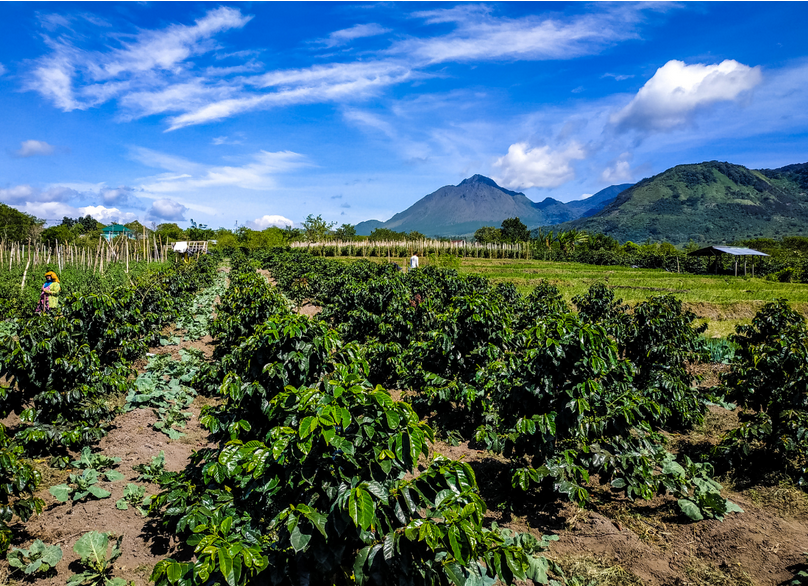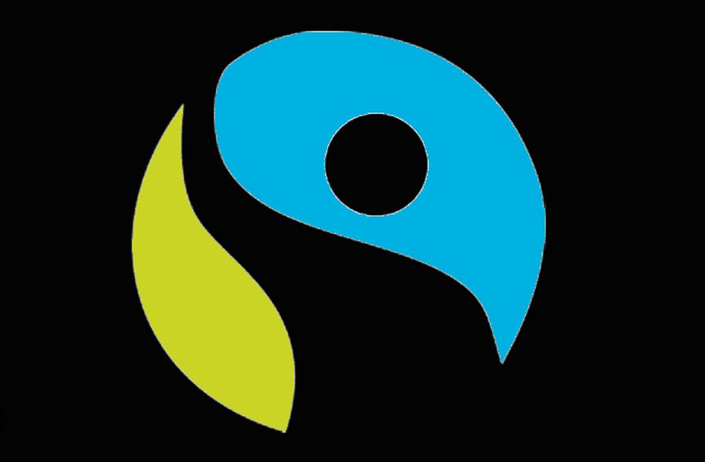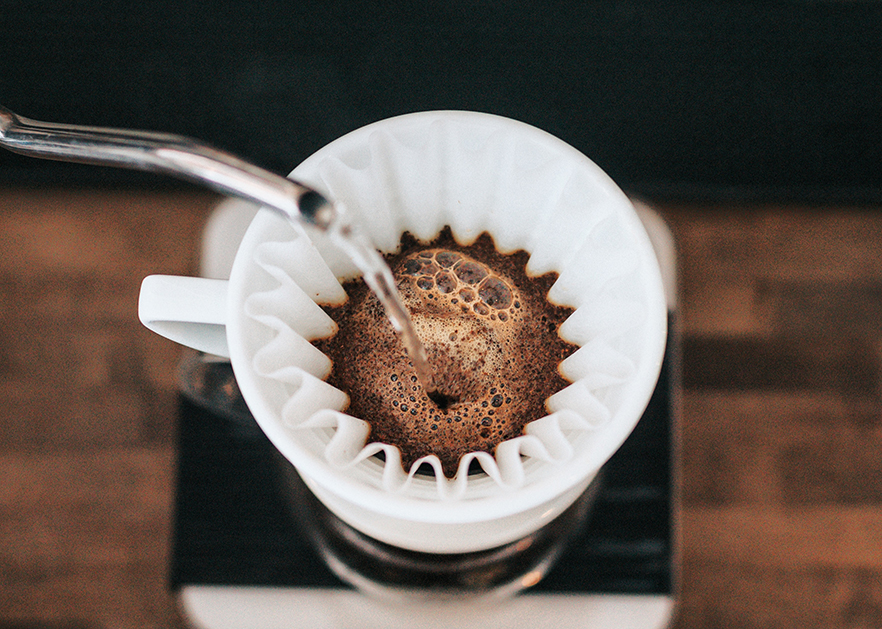Water is the lifeblood of coffee production. From growing the coffee plants to brewing a cup, water plays a pivotal role in every step. However, with increasing environmental concerns and the growing demand for coffee, the industry faces a significant challenge: how to reduce water usage without compromising quality.
This article will look into the innovative practices and strategies being adopted within the coffee industry to address this challenge. It will firstly focus on farmers but will also touch on how consumers and companies can reduce water usage for increased sustainability.
Drip Irrigation in Coffee Farming
One of the most effective methods for reducing water usage in ethical coffee farming is drip irrigation. This technique involves the slow and precise delivery of water directly to the plant roots, minimizing waste.
Kauai Coffee, the largest drip-irrigated coffee estate in the world, has successfully implemented this system, demonstrating a significant reduction in water usage.
Drip irrigation not only conserves water but also contributes to the overall health of the coffee plants by providing a consistent moisture level, essential for quality coffee bean development.

Efficiency, water savings and environmental benefits
Drip irrigation systems can reduce water usage by up to 50% compared to traditional methods. The efficiency is primarily due to the targeted application of water, which reduces losses from evaporation and runoff. By adopting such systems, coffee farms can maintain productivity while significantly lowering their water footprint.
Beyond water savings, drip irrigation has broader environmental benefits. It reduces the need for fertilizers and pesticides, as water delivery is controlled and localized. This method also helps in preventing soil erosion and protecting water quality in nearby streams and rivers.
Hedgerows and Windbreaks
Another sustainable practice in coffee farming that reduces water usage is the use of hedgerows and windbreaks.
These natural barriers play a crucial role in water conservation by reducing soil erosion and runoff. They act as buffers against strong winds and heavy rains, which can wash away topsoil and nutrients, crucial for coffee plant health.
Hedgerows and windbreaks also help in maintaining the soil’s moisture levels. By protecting the soil from direct sun exposure and wind, these natural structures ensure that the water used for irrigation is utilized effectively, reducing the need for frequent watering.
A video explaining innovative sustainable water solutions for coffee processing
Composting and Soil Health for Water Conservation
Composting is an effective way to improve soil health and water retention in coffee farms. By using organic waste, such as coffee pulp and pruned branches, farms can create compost that enriches the soil. The enriched soil retains moisture better, reducing the need for frequent watering and thus contributing to water conservation efforts.
Other Coffee Farmer Water Usage Reduction Strategies
To further reduce water usage, coffee farms are adopting various strategies. These include:
- Selecting drought-resistant coffee varieties
- Implementing soil management practices that enhance water retention, such as mulching and cover cropping.
Water reuse is another critical aspect of sustainable coffee production. During the coffee processing phase, water can be recycled and used multiple times. For instance, water used for washing and fermenting coffee beans can be treated and reused for irrigation, significantly reducing the overall water consumption.
Protecting Natural Resources
In addition to conserving water, these practices contribute to the overall ecosystem’s health. They provide habitats for wildlife and support biodiversity, which is vital for a balanced environment.
It can be taken even further through Agro-forestry where coffee farmers incorporate diverse crops and vegetation among coffee plants further creating a healthier ecosystem with food sources for wildlife.
Consumers: Water-Conscious Coffee Consumption
As consumers, we play a vital role in promoting sustainable practices in the coffee industry.
Choosing sustainable coffee brands is the first step towards responsible consumption. Brands that are certified by organizations like the Rainforest Alliance or Fair Trade have committed to sustainable farming practices, including water conservation. These certifications ensure that the coffee you purchase is grown using methods that protect both the environment and the livelihoods of farmers.

Water-Saving Tips for Coffee Preparation at Home
As a coffee consumer, at home, there are several ways to reduce water usage in your coffee routine. For instance:
- Instead of rinsing your coffee maker and equipment after every use, consider wiping them clean. This simple change can save a significant amount of water over time
- Repurposing leftover coffee is another excellent way to conserve water. Instead of pouring leftover coffee down the drain, use it to make iced coffee, add it to recipes or use it to water plants
- Measure water precisely and use only the amount of water you need for your coffee. Measuring water ensures you don’t waste any by making more coffee than you will drink
- Use a kettle with a temperature gauge as this allows you to heat only the amount of water you need to the exact temperature required, reducing energy and water waste.
- Consider making cold brew coffee. Although it uses more water initially, cold brew concentrate can be stored and diluted over several days, potentially reducing overall water use.
Coffee Brewing Methods That Are Water Efficient
Exploring water-efficient coffee brewing methods can also contribute to conservation efforts. The brewing techniques below not only save water but also offer a more hands-on and enjoyable coffee-making experience:
- French Press: The French Press is a highly efficient method in terms of water usage. You use only the amount of water required for the coffee you are making, with minimal waste. Since the water is in direct contact with the coffee grounds, it ensures that every drop is used in the extraction process.
- Aeropress: Similar to the French Press, the Aeropress is also efficient in terms of water usage. It uses a small amount of water that is forced through the coffee grounds under pressure, ensuring that all the water is utilized in the extraction of the coffee.
- Pour-Over/Drip Coffee: This method using a filter can also be water-efficient, especially if you are using a single-serve pour-over. It allows for precise control over the amount of water used, ensuring that there’s minimal waste.

Consumer Responsibility in Water Conservation
Consumers who choose sustainably produced coffee can drive change in the coffee industry and they can play an important role in water conservation:
- By purchasing coffee from sustainable coffee brands that prioritize sustainable and water-conserving practices. Certifications like Rainforest Alliance, Fair Trade, or Organic often include standards for water conservation.
- By getting involved in global sustainable coffee initiatives that focus on water conservation through volunteering, donating, or participating.
- Through staying informed about the water footprint of coffee and the practices of different coffee producers and sharing this knowledge with others to raise awareness about the importance of water conservation in the coffee industry.
Corporate Initiatives and Certifications in Water Stewardship
On the corporate side, many coffee companies are now recognizing their responsibility in water stewardship. Initiatives like water efficiency goals set by various companies and participation in sustainability programs demonstrate their commitment to reducing water usage. These efforts are crucial for the long-term sustainability of the coffee industry and the health of our planet.
Final words
These innovative practices in the coffee industry from farmers through to the end coffee consumer demonstrate a commitment to sustainability and environmental stewardship. By adopting such methods, the industry not only conserves water but also ensures the long-term viability of coffee production in a changing climate.

Taylor – Barista and Product Tester at MyCoffeeBeanz.com
Taylor is a professional barista and our product tester here at MyCoffeeBeanz.com. She loves experimenting with different coffee brewing methods but her real passion within the coffee industry is helping promote sustainability and eco-friendliness wherever she can. Read more about Taylor her
